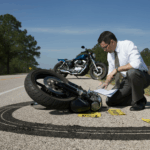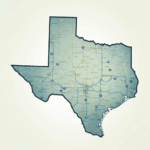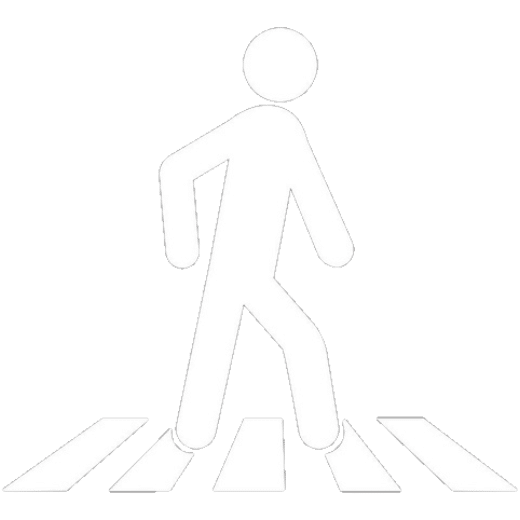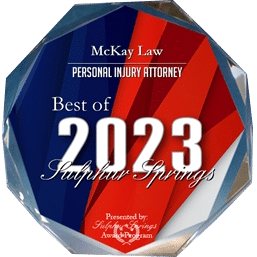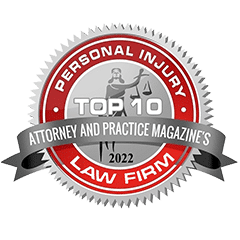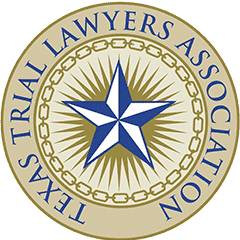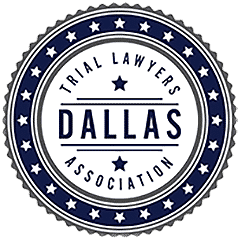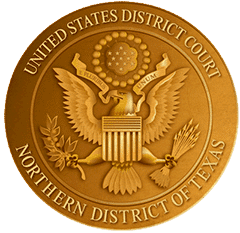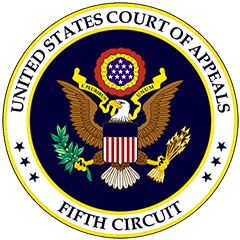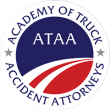Slip and fall accidents can happen in the blink of an eye, leaving victims with serious injuries and mounting medical bills. But when it comes to determining who is responsible for the accident, things can quickly become complicated. For personal injury victims and insurance claimants, understanding liability in a fall case is crucial. It can mean the difference between obtaining fair compensation or bearing the financial burden alone.
From poorly lit staircases to negligent property management, liability hinges on various factors that require careful examination. This blog will break down the key aspects of liability in fall cases, explain the factors that affect it, and provide guidance on next steps to take if you’re involved in such an incident.
What Does Liability Mean in a Fall Case?
Defining Liability in Personal Injury Cases
Liability refers to the legal obligation one party has to compensate another for harm caused by their negligence or improper actions. If you’re injured in a fall, the question of liability revolves around whether another party (e.g., a property owner, contractor, or tenant) acted negligently in maintaining the premises.
How Liability is Determined
Liability in fall cases is established by proving four elements:
- Duty of Care: The property owner or manager owed you a duty to maintain a safe environment.
- Breach of Duty: The property owner failed to meet that duty, either through action or inaction.
- Causation: The breach of duty directly caused your injury.
- Damages: You suffered losses—physical, emotional, or financial—due to the injury.
Evidence such as photos of the scene, witness statements, and maintenance logs can play pivotal roles in determining liability.
Factors Affecting Liability in Fall Cases
Not every fall is caused by external negligence. Several factors come into play when analyzing liability in fall cases, including environmental conditions, property owner responsibilities, and negligence.
Environmental Factors
Slips and falls are often the result of environmental hazards, such as the following:
- Poor Lighting: Dim or completely dark areas can make it difficult for individuals to see hazards, such as uneven steps or debris.
- Slippery Floors: Water spills, grease, or unmarked wet areas create significant slip risks if not promptly addressed.
- Uneven Surfaces: Cracked sidewalks, loose tiles, or overly worn carpets may cause trips and falls.
The Responsibility of Property Owners and Managers
Property owners or managers have a responsibility to maintain a reasonably safe environment. The level of care they need to show may depend on the status of the visitor—whether they are a customer, tenant, or trespasser. For instance, a store owner must ensure aisles are safe for customers, while a landlord must maintain adequate lighting and clear pathways for tenants.
If a hazard is identified on the property, a property manager or owner must take reasonable action to correct or warn others of the danger, such as posting signage or temporarily blocking access.
Negligence in Fall Cases
Negligence occurs when a property owner failed to take reasonable steps to prevent a foreseeable hazard. For example, if water collects in a lobby every time it rains, negligence might be established if the property owner failed to fix the issue or place warning signs. However, comparative negligence may also come into play. This evaluates whether the victim contributed to the fall by being careless, such as walking while texting or ignoring posted warnings.
Real-Life Case Studies
Examining real cases sheds light on how liability plays out in practice.
Case Study 1: Wet Floor at a Grocery Store
A shopper slipped on a wet floor near the produce section, which lacked any visible warning signs. Footage revealed an employee mopped the area but neglected to place a “Wet Floor” sign. The court held the grocery store liable for failing to adequately warn customers of the hazard.
Case Study 2: Uneven Sidewalk in a Public Park
A pedestrian tripped over an uneven section of the sidewalk in a city park, sustaining a fractured wrist. However, it was determined that the city had previously placed warning cones near the site and scheduled repairs, but the pedestrian ignored the warnings. Liability was split between the city and the claimant under comparative negligence principles.
Case Study 3: Icy Apartment Stairs
A tenant slipped on icy stairs outside their apartment building, leading to a sprained ankle. Investigation revealed no attempt by the landlord to clear the ice despite multiple complaints from tenants. The landlord was found fully liable for failing to provide safe access.
Steps for Legal Recourse
After experiencing a fall, the actions you take can significantly impact your ability to file a successful liability claim or lawsuit.
Protecting Your Rights After a Fall
- Document the Scene: Take photos of the hazard, surrounding area, and any visible injuries.
- Seek Witnesses: Collect contact information for anyone who witnessed the fall or hazard.
- File a Report: Notify the property owner or manager of the incident and request a written record.
- Seek Medical Attention: Even if your injuries seem minor, consult a healthcare professional to ensure a proper diagnosis and record.
Filing a Claim or Lawsuit
Once your injuries are documented and evidence is gathered, consult a personal injury attorney to guide you through the process of filing a liability claim or lawsuit. They can help ensure you meet deadlines, avoid mistakes, and maximize your compensation.
Preventing Falls and Avoiding Liability
For property owners and managers, proactive measures are key to preventing falls and reducing liability risks.
Tips for Property Owners
- Perform Regular Inspections: Frequently check for potential hazards such as spills, loose floorboards, or broken lighting fixtures.
- Prompt Repairs: Address hazards like uneven flooring or faulty railings immediately.
- Proper Signage: Place clear, visible warning signs around temporary hazards such as spills or ongoing maintenance work.
- Document Maintenance: Keep detailed logs of inspections and repairs to demonstrate ongoing efforts to maintain a safe environment.
By taking these precautions, property owners not only reduce the likelihood of injuries on their premises but also protect themselves from potential liability claims.
Take Control of Your Fall Case Today
Falls are far more than mere accidents—they can have life-changing consequences for victims and costly repercussions for property owners. Understanding liability is essential for obtaining justice and compensation or for preventing claims altogether.
If you’ve suffered a fall injury or need professional guidance in handling a liability case, don’t hesitate to seek legal advice. A personal injury attorney can provide tailored insights and walk you through the necessary steps to protect your rights.
Stay informed and proactive when it comes to liability in fall cases; it can make all the difference.

